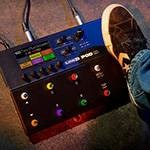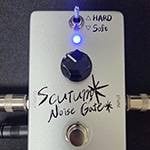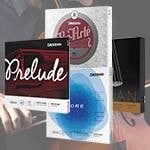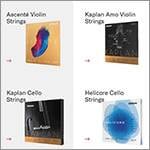Have any of you ever removed the control cavity panel of your guitar?
Many of you might not have done it, thinking that it’s not a good idea to open it.
I used to be like that too.
However, the control cavity often holds valuable insights into the components used, wiring methods, and the various creative solutions and cost-cutting measures employed by different manufacturers. It wouldn't be an exaggeration to say that the control cavity is a repository of information about electric guitars and basses.
This time, let's take a look inside the control cavities of five electric guitars with different prices and countries.
Suhr / Modern Plus PF Chili Pepper Red
First, let's take a look inside the well-known high-end guitar, the Suhr Modern Plus.
This model features a flame maple top with a basswood back and a roasted maple neck, complete with a heel cut at the joint that is truly a high-end specification. It's equipped with HSH pickups and includes coil tap functionality, allowing for a wide range of sound options.

As for the control cavity, it features CTS pots and a super switch, which are indicative of a high-end guitar.
The soldering is done in a robust American style (this term is something I personally use, so don't worry about it too much).
The wiring is made of durable materials and is slightly longer, which helps prevent breakage if you accidentally turn a pot while components are loose.
The cavity is coated with a thick layer of conductive paint that minimizes noise.
As expected from Suhr, there is a notable attention to detail even in the finer aspects.
Next up is the Zemaitis’s MFG-AC-24 NT, a model with a distinctive metal front that is reminiscent of the LP style.
This model is considered a mid-range Japanese-made instrument within the manufacturer's lineup. It features an African mahogany back that showcases a meticulous attention to wood selection and design.

The control cavity inside is extremely neat!
A metal plate is installed on the bottom, and the grounding for the pots uses plated wiring that stays true to the original Gibson Les Paul and showcases careful wiring.
The tone control capacitor is an Orange Drop, which not only contributes to the sound quality but also is an attractive design.
Like the Suhr, this model also has conductive paint, but it uses copper tape for grounding the panel, with the tape placed on the most secure spot against screw pressure.
Such meticulous wiring is very pleasing to look at and feels distinctly Japanese in its delicacy.
Guitar wiring can really reflect the national characteristics or personal traits of the builder.
The third guitar is the E-HR-145III, a model from Edwards, which is a high-end brand and a subsidiary of Japan’s prestigious ESP.
Edwards is renowned for its high-quality craftsmanship thanks to its manufacturing at ESP’s own facilities.

This model features two notable differences compared to the previous two guitars. First, instead of CTS pots, it uses Bourns pots.
These are custom-made for ESP and are known for their lighter torque and smooth operation.
Secondly, the amount of solder used is less compared to the other two guitars.
There are various schools of thought and preferences when it comes to soldering, and there's no definitive best method. But personally, I prefer the clean filets created with less solder.
While it might seem like less solder could lead to components coming loose more easily, this is not the case here. (Discussing solder in detail could be quite lengthy, so I'll save that for another time.)
Even though this is a mid-range model, the choice of parts and the level of craftsmanship reflect the high standards of ESP.
Epiphone / SG Standard Alpine White
The fourth guitar is the Epiphone’s SG Standard Alpine White, a subsidiary brand of Gibson.
It’s known for being a more affordable version of the famous Gibson SG, which has been used by renowned guitarists like Angus Young of AC/DC and Tony Iommi of Black Sabbath.

This model is made in China, and typically, the grade of parts tends to drop significantly in this price range. However, it's impressive to see that it uses CTS pots, which is quite remarkable for a guitar at this price point! This is virtually unheard of at other manufacturers.
The pickup wiring is socketed, which makes assembly easier and reduces the chance of errors.
I've heard that many overseas factories employ workers who may not have extensive technical knowledge, so using socketed connections helps them work more quickly and efficiently, thus increasing the number of units produced per hour and achieving this quality and price.
Another difference from the previous three guitars is that this model doesn’t have conductive paint.
In guitars under 100,000 yen, it's quite common for manufacturers not to use conductive paint, which is a standard practice.
Conductive paint can be tricky to apply and time-consuming, leading to higher labor costs and other expenses.
Finally, let’s take a look at the guitar we are proud to offer: the Playtech ST250.
It’s a good value for the price and is highly recommended for beginners.
I definitely recommended to anyone looking for a entry-level guitar

Looking at the parts and wiring, you might find it quite simple.
Compared to the various cavities we've examined from different manufacturers, it may seem a bit underwhelming, but that’s a key characteristic of Playtech.
They simplify the manufacturing process extensively, yet maintain a certain level of quality at a low price by focusing on the essentials.
While Playtech’s guitars are often associated with beginner models, their straightforward construction makes them easy to modify, so it is a great choice as a second guitar for those who want to extensively tweak and customize their instrument.
How was it?
This time, we took a look inside the control cavities of five electric guitars at different price points and countries of origin, and there were quite a few differences to note.
I hope this has sparked your interest in the often-overlooked control cavity.
If you get the chance, try opening up your own cavity panel as well.
I realize that this content might seem a bit basic, especially for more experienced enthusiasts, but I aim to cover deeper and more intriguing topics in the future.
Until then, see you again at the Sound House staff blog.
Bye for now!





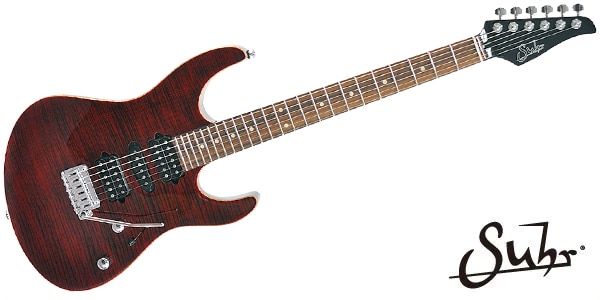
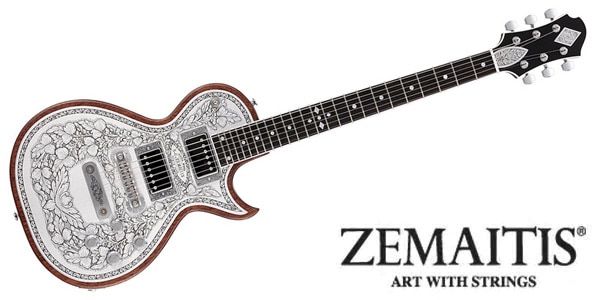

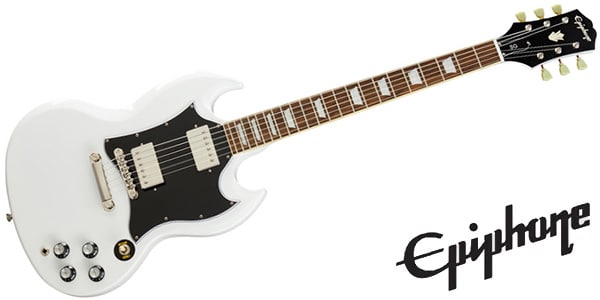
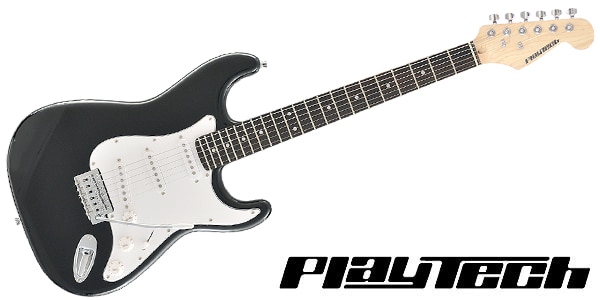


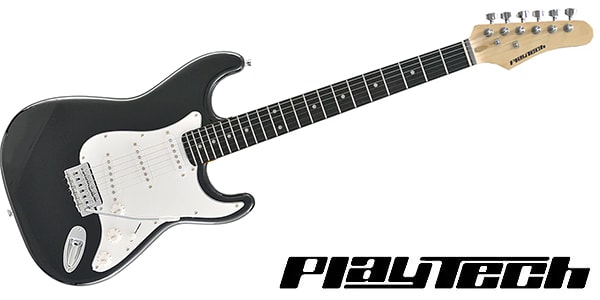



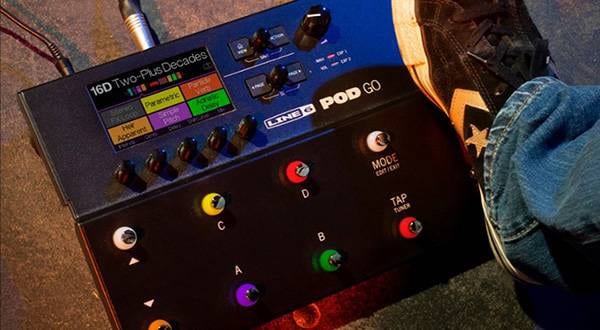
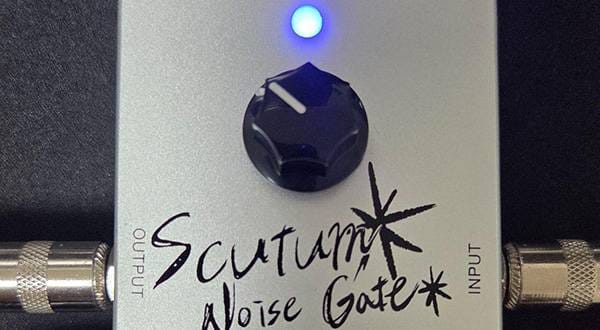
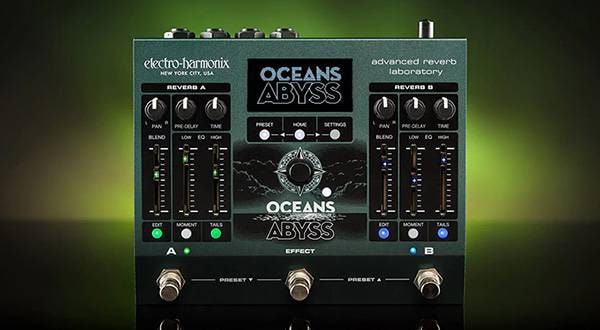

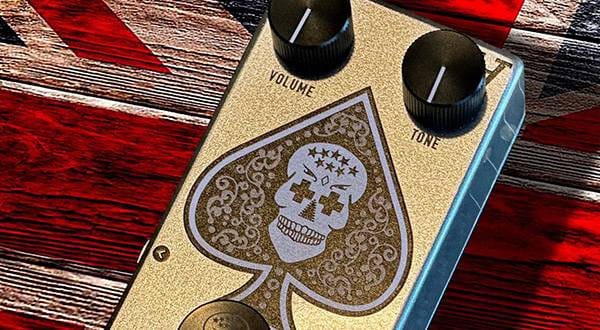

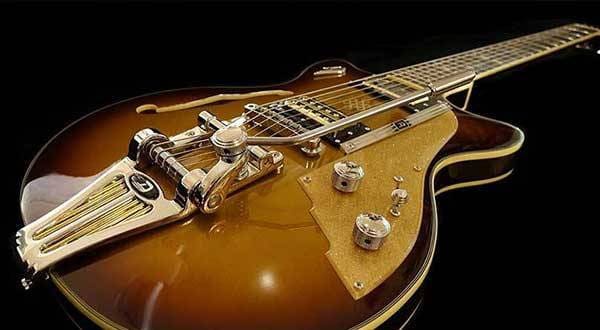
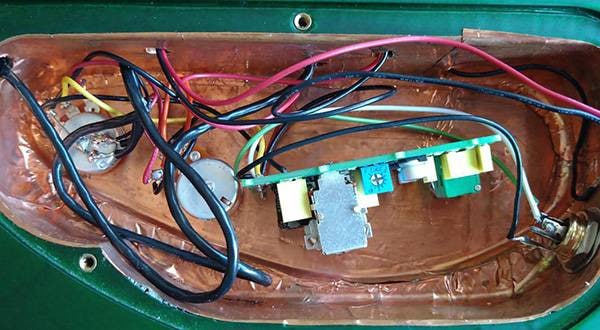
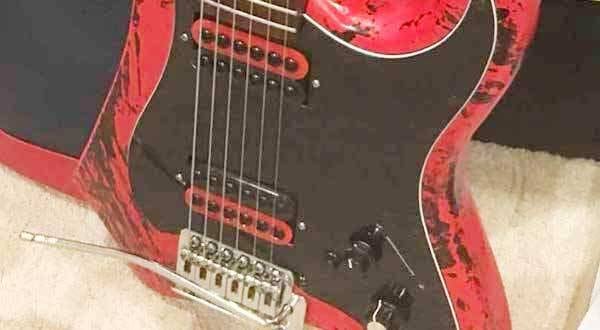
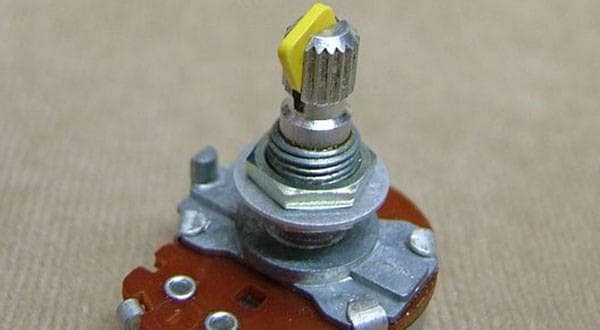
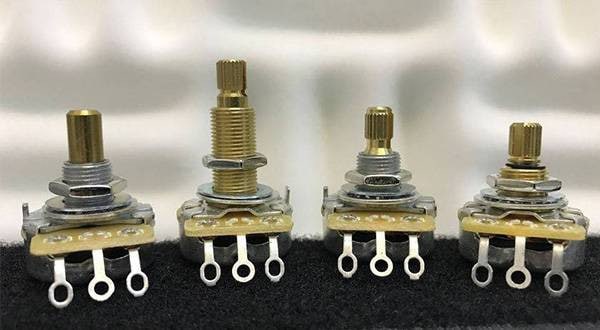
 DIY ギターメンテナンス
DIY ギターメンテナンス
 配線カスタマイズ 第1回
配線カスタマイズ 第1回
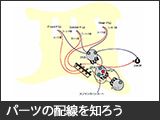 パーツの配線を知ろう
パーツの配線を知ろう
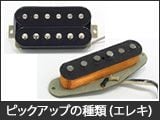 ピックアップの種類(エレキギター)
ピックアップの種類(エレキギター)
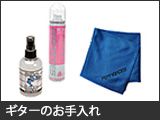 ギターのお手入れ
ギターのお手入れ
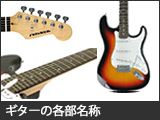 ギターの各部名称
ギターの各部名称
